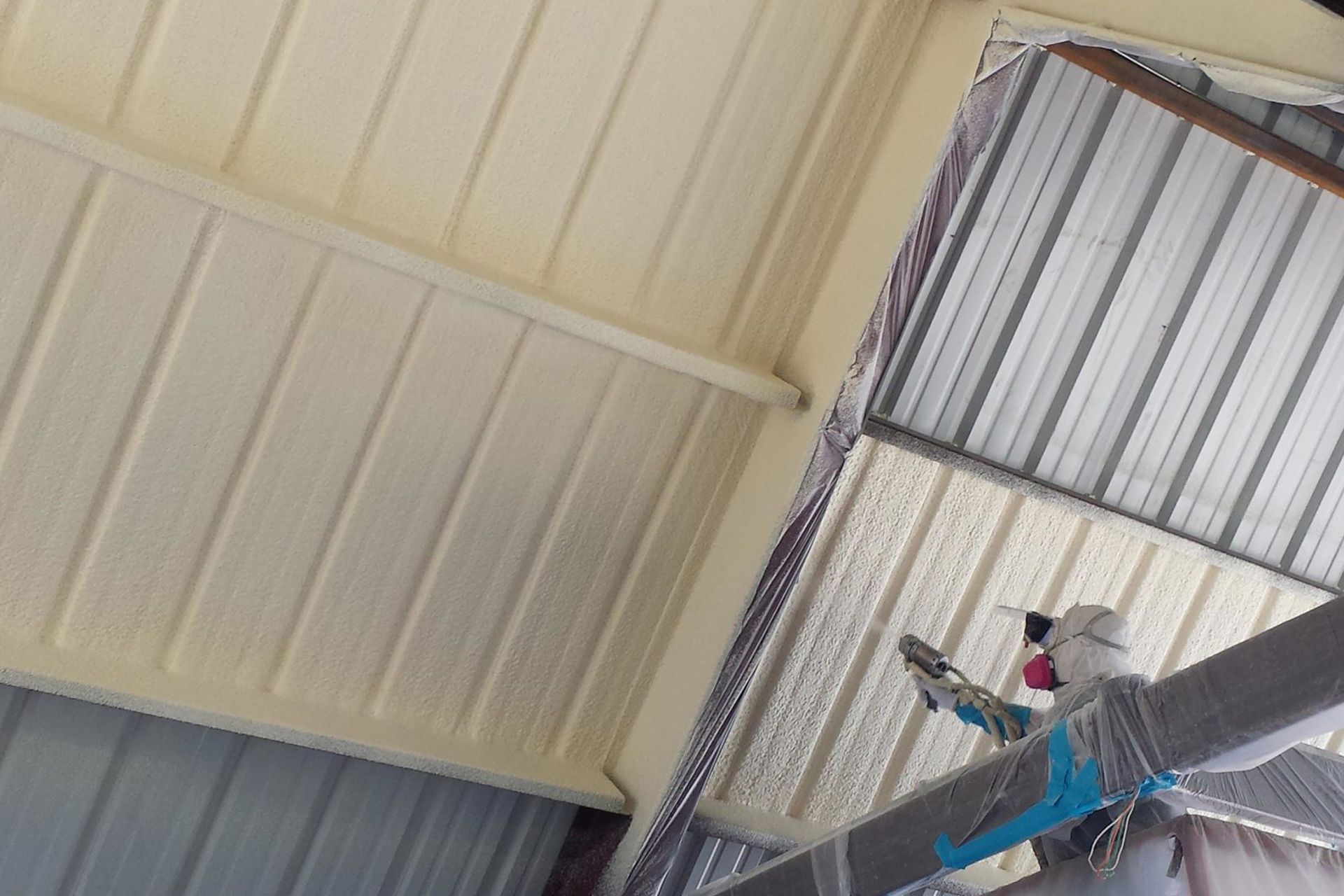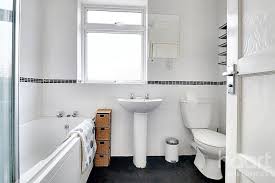
Spray foam insulation is a highly effective material for improving the comfort and energy efficiency of commercial workspaces. It creates a seamless barrier that minimizes air leaks and enhances temperature control. This results in more stable indoor conditions, reducing the need for excessive heating or cooling and improving overall productivity. Commercial spray foam insulation offers an immediate return on investment through energy savings and long-term durability.
In this article, we will explore the benefits, types, and key factors to consider when incorporating spray foam insulation into your commercial workspace. We will provide technical specifications and a clear comparison to help guide your decision-making process.
Types of Commercial Spray Foam Insulation
There are two primary types of spray foam insulation used in commercial spaces: open-cell foam and closed-cell foam. Each has distinct properties and ideal applications. Below is a comparison table to highlight the differences.
| Property | Open-Cell Foam | Closed-Cell Foam |
| Density | Low density (around 0.5 lbs/ft³) | High density (around 2.0-2.5 lbs/ft³) |
| R-Value | Lower (3.5-3.7 per inch) | Higher (6.0-7.0 per inch) |
| Moisture Resistance | Less resistant to moisture | Highly resistant to moisture and water vapor |
| Air Barrier | Provides an air barrier | Provides a stronger air and vapor barrier |
| Sound Insulation | Better sound absorption | Less effective for sound insulation |
| Cost | More affordable | More expensive |
| Best Use | Interior walls, attics, ceilings | Exterior walls, foundations, roofs |

Open-Cell Foam
Open-cell foam is typically used for applications where thermal insulation is required but moisture resistance is less critical. It is ideal for interior walls and attics. The foam expands as it is sprayed, filling gaps and providing an air-tight seal. Though less expensive than closed-cell foam, it is less effective in extreme environmental conditions.
Closed-Cell Foam
Closed-cell foam offers a denser structure, making it highly effective for areas exposed to moisture, such as exterior walls and roofs. Its higher R-value means better insulation performance per inch, and it provides a strong barrier against both air and water. While more expensive, it offers long-term durability and exceptional energy efficiency.
Things to Consider Before Making a Decision
Before opting for spray foam insulation in your commercial space, several factors should be carefully considered. These include the building’s structural integrity, climate conditions, and budget.
1. Climate and Environmental Conditions
- Temperature Extremes: In areas with extreme temperature fluctuations, closed-cell foam may offer better insulation due to its higher R-value.
- Moisture Exposure: For environments with high humidity or potential water exposure (e.g., basements or roofs), closed-cell foam is the preferred choice.
2. Building Structure
- Retrofit or New Construction: If you are insulating a new building, spray foam can be integrated more easily. For existing structures, retrofitting with spray foam might require additional preparation work and cost considerations.
- Height and Accessibility: The application process for spray foam insulation is more efficient in spaces that are easily accessible, such as low-ceiling areas. High or difficult-to-reach areas may increase installation costs.
3. Budget Considerations
- Initial Cost vs. Long-Term Savings: While closed-cell foam is more expensive upfront, its high energy efficiency may provide greater long-term savings on energy bills.
- Installation Complexity: Installation costs can vary depending on the complexity of the space. For large commercial properties, the total cost of application can increase.
Process of Installing Spray Foam Insulation
Spray foam insulation is applied using specialized equipment. The foam material is mixed and sprayed directly onto surfaces, where it expands and hardens into place. The installation process typically includes the following steps:
Step 1: Preparation
- Clear the workspace and ensure that all surfaces to be sprayed are clean and dry.
- Address any existing issues such as leaks, moisture, or mold before applying spray foam insulation.
Step 2: Application
- A professional insulation contractor uses spray equipment to apply foam to the walls, ceilings, or other areas needing insulation. The foam expands on contact and quickly hardens to form an airtight seal.
Step 3: Curing and Inspection
- Once applied, the foam requires curing time (typically 24 hours). After curing, the insulation is inspected for any gaps or inconsistencies.
Technical Specifications of Commercial Spray Foam Insulation

For a better understanding, here are key technical specifications for both open-cell and closed-cell spray foam insulation.
| Specification | Open-Cell Foam | Closed-Cell Foam |
| Density | 0.5 lbs/ft³ | 2.0-2.5 lbs/ft³ |
| Thermal Resistance (R-value) | 3.5-3.7 per inch | 6.0-7.0 per inch |
| Expansion Rate | Expands up to 120 times its original volume | Expands up to 30 times its original volume |
| Water Vapor Permeance | High (not water-resistant) | Low (water-resistant) |
| Compressive Strength | 25 psi | 60-70 psi |
| Application Temperature | 60°F to 80°F | 60°F to 90°F |
Common Questions
What are the benefits of spray foam insulation in a commercial setting?
Spray foam insulation offers superior thermal performance, soundproofing, and moisture control. It helps maintain a stable indoor temperature, reducing heating and cooling costs and enhancing comfort in the workspace.
How long does spray foam insulation last?
Spray foam insulation typically lasts 20-30 years when properly installed, depending on environmental conditions and maintenance. It does not sag or settle over time, ensuring long-lasting performance.
Can spray foam insulation help with soundproofing?
Yes, open-cell foam is especially effective at soundproofing, making it a good choice for offices or conference rooms where noise control is important.
Is spray foam insulation safe for the workplace?
When applied by professionals, spray foam insulation is safe. However, it is important to ensure the application area is well-ventilated during installation, as the chemicals in the foam need time to cure.
Conclusion
Commercial spray foam insulation is a practical solution for improving comfort and energy efficiency in workspaces. Its benefits include enhanced temperature control, reduced energy costs, and long-term durability. However, selecting the right type of foam—open-cell or closed-cell—depends on factors such as environmental conditions, building type, and budget. By carefully considering these factors and working with a qualified installer, you can create a more comfortable and energy-efficient workspace.
FAQ
What is the difference between open-cell and closed-cell spray foam insulation? Open-cell foam is lighter, less dense, and provides better soundproofing, while closed-cell foam is denser, has higher R-values, and offers better moisture resistance.
How much does spray foam insulation cost for commercial spaces? The cost varies based on factors like the type of foam used, the size of the space, and the complexity of the installation. On average, commercial spray foam insulation can cost between $0.50 to $2.00 per square foot.
Can spray foam insulation be applied to existing buildings? Yes, spray foam insulation can be applied to both new and existing buildings. For retrofitting, additional preparation work may be necessary.
Is spray foam insulation effective in extreme climates? Yes, especially closed-cell foam. Its high R-value and moisture resistance make it ideal for areas with extreme temperatures or high humidity.




